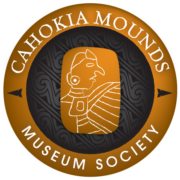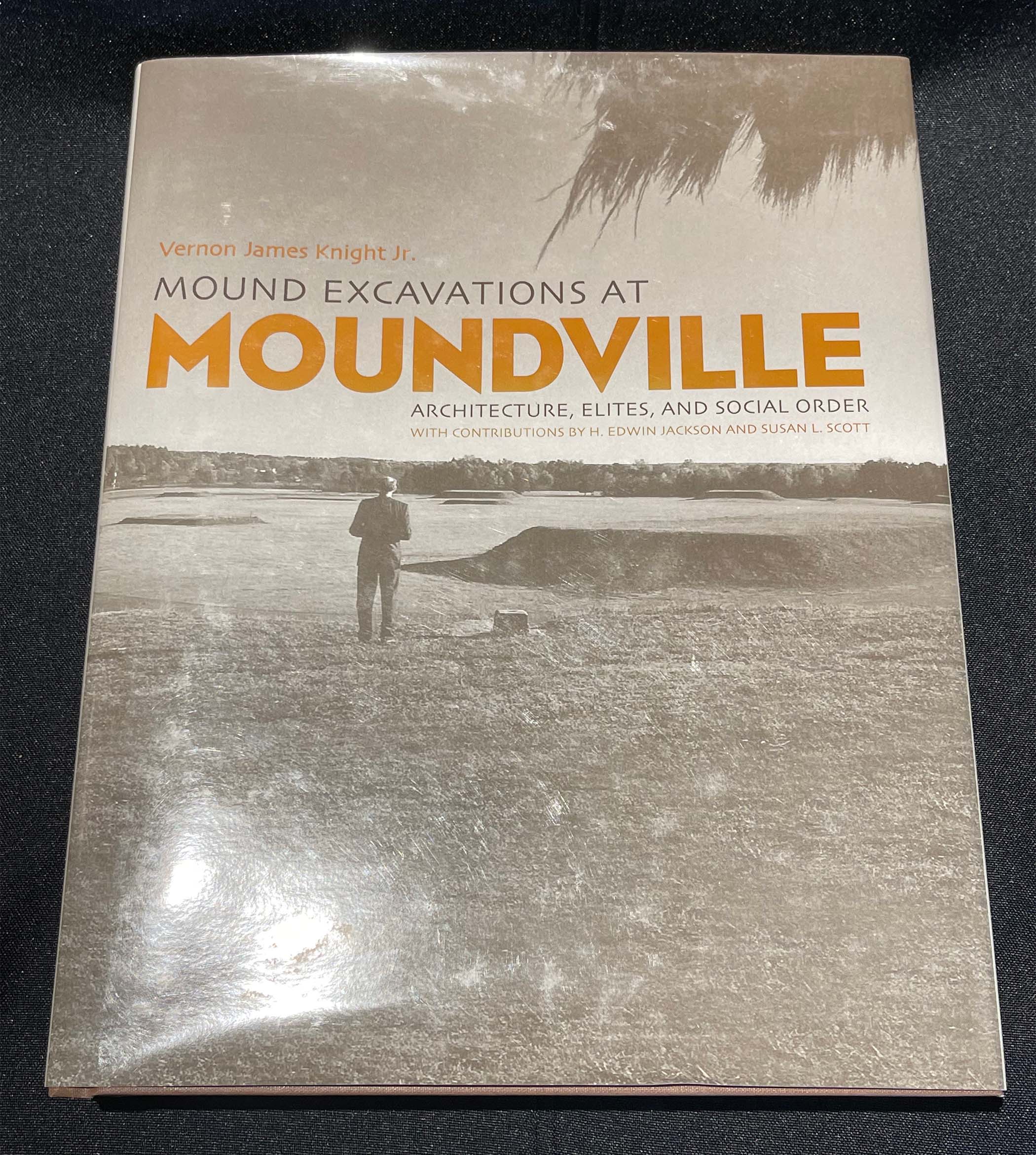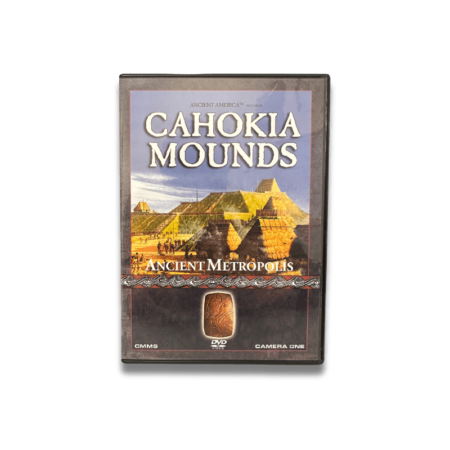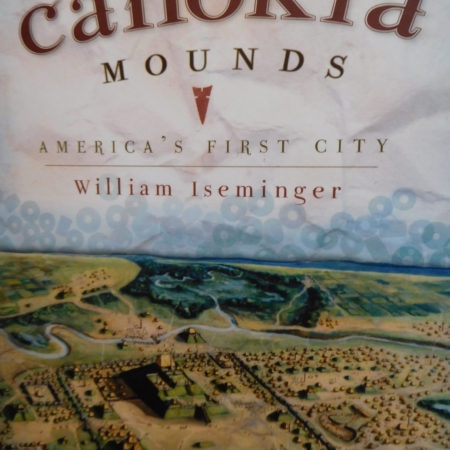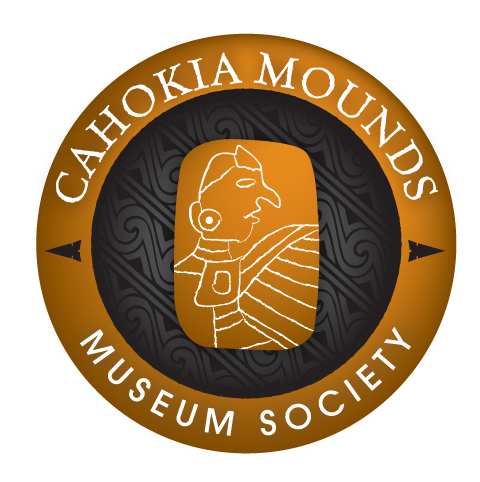Description
With contributions by H. Edwin Jackson and Susan L. Scott
“This book is, quite simply, magnificent; both informative and comprehensive in ways rarely seen in archaeological studies…The artifact data presented, particularly the ceramic sequence, will be a valuable guide for researchers working in the Midsouth region, and of general interest over a much wider area…This will be a classic of southeastern archaeology, a report that will be used for decades by scholars interested in learning about the site of Moundville and mound excavation and, through example, what professional reporting should be.”—David G. Anderson, coeditor of The Paleoindian and Early Archaic Southeast and The Woodland Southeast
“Moundville is one of the most important ancient sites in North America, and this book brings our understanding of it to an entirely new level. Knight’s research is absolutely first rate. Apart from what the book teaches us about Moundville’s history, it also describes mound-excavation methods that are innovative and will be emulated by archaeologists for years to come. Simply put, this work is destined to become a landmark of North American Archaeology.”—Vincas P. Steponaitis, author of Ceramics, Chronology, and Community Patterns: An Archaeological Study at Moundville
This work is a state-of-the-art, data-rich study of excavations undertaken at the Moundville site in west-central Alabama, one of the largest and most complex of the mound sites of pre-contact North America. Despite the site’s importance and sustained attention by researchers, until now it has lacked a comprehensive analysis of its modern excavations. Richly documented by maps, artifact photographs, profiles of strata, and inventories of materials found, the present work explores one expression of social complexity; the significance of Moundville’s monumental architecture, including its earthen mounds; the pole frame architecture that once occupied the summits of these mounds; and the associated middens that reveal the culture of Moundville’s elites.
Mound Excavations at Moundville supplies a survey of important materials recovered in more than a decade of recent excavations of seven mounds and related areas under the author’s direction as part of a long-term archaeological project consisting of new fieldwork at the Mississippian political and ceremonial center of Moundville. Exactly how the social and political power symbolized by mound building was distributed is a question central to this work: to what extent was this monumental landscape the result of a chief’s ability to recruit and direct the labor of large groups of political subordinates, most of whom were presumably non-kin?

